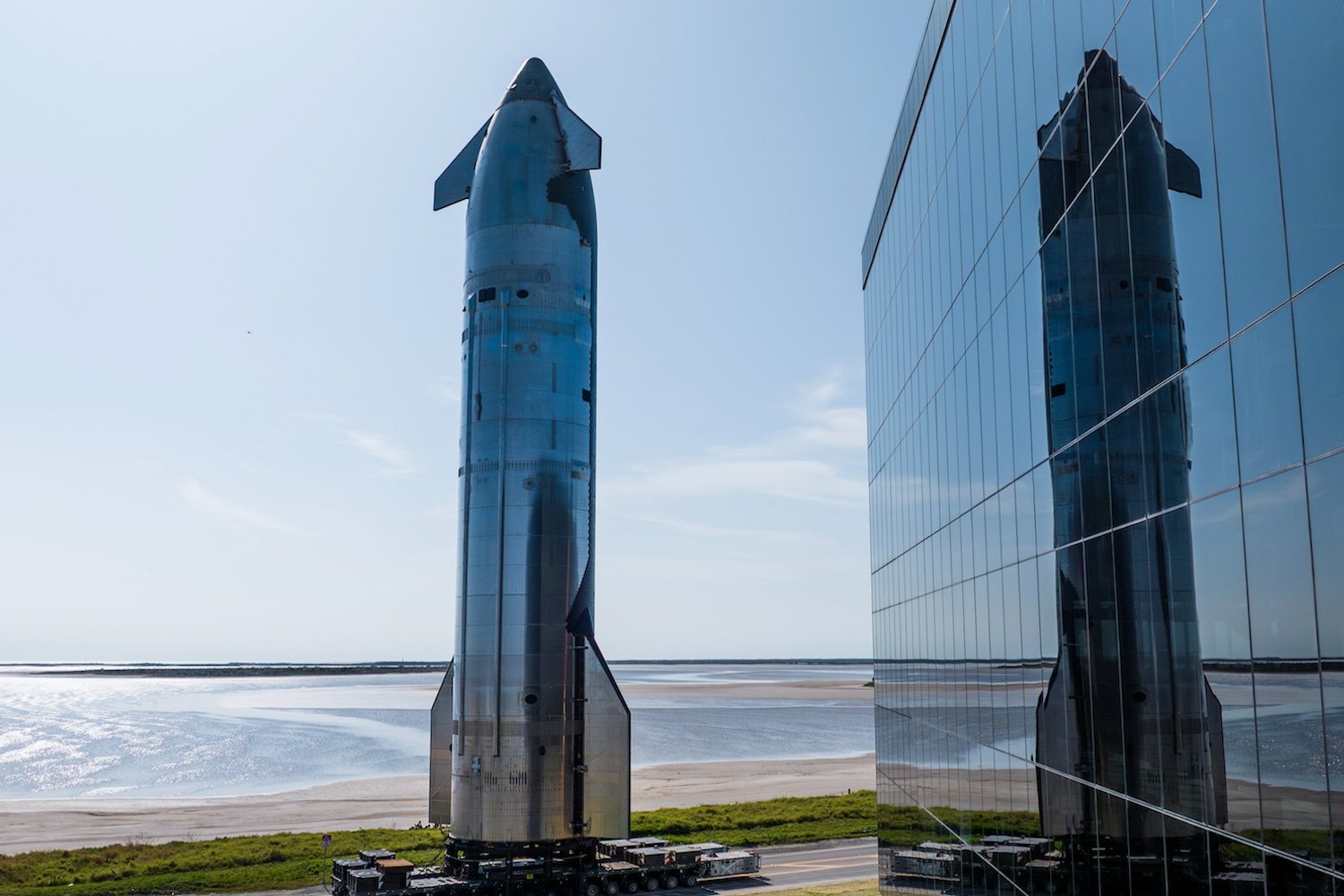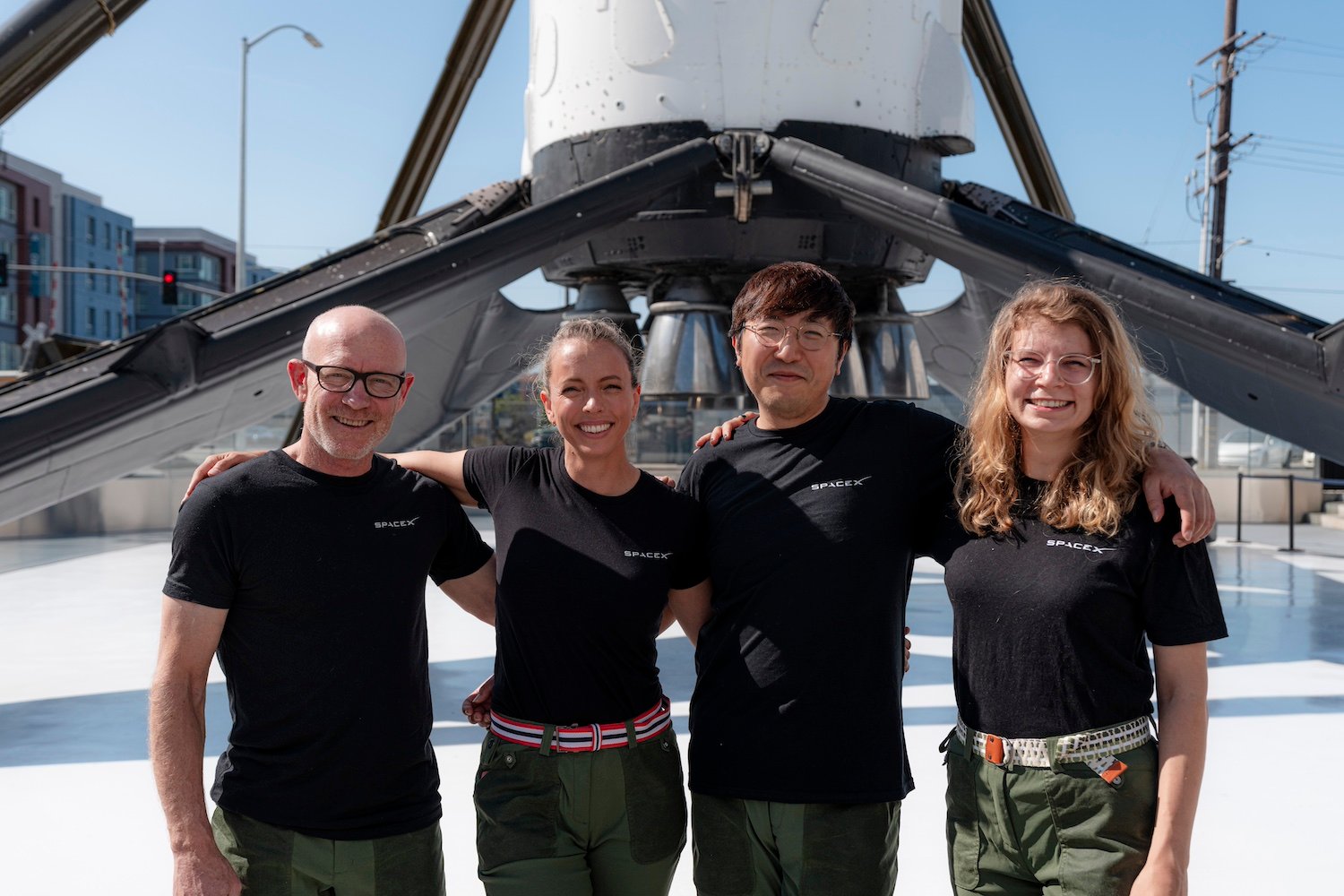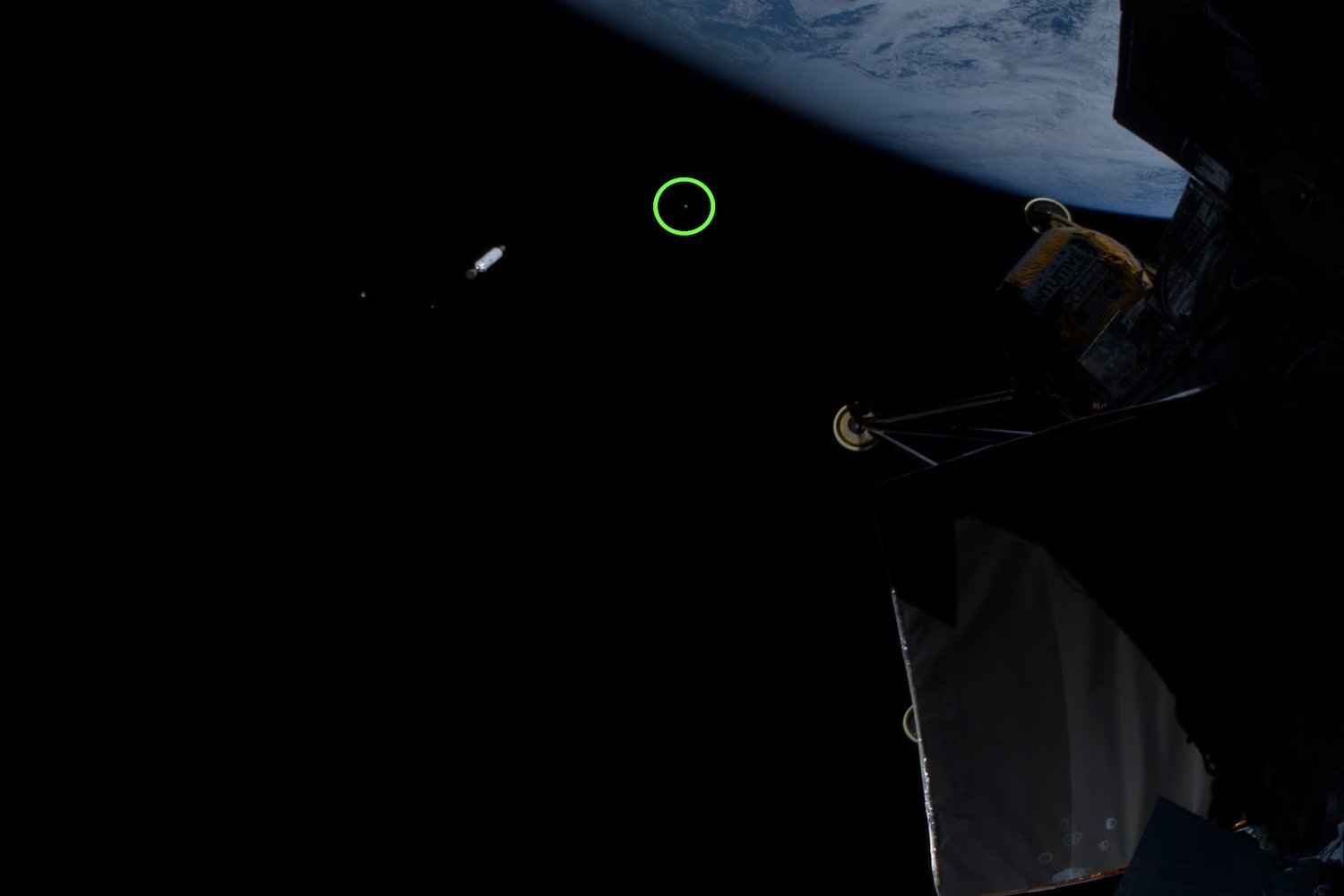SpaceX is preparing for the eighth test flight of its Starship rocket, aiming to achieve objectives missed during the previous attempt, which ended with the upper stage scattering debris over the Atlantic. The launch is scheduled for Monday, with a one-hour window opening at 6:30 p.m. ET. Live coverage will be available on SpaceX’s website and X (formerly Twitter), starting approximately 40 minutes before liftoff. SpaceX has stated that this flight will focus on achieving previously unattained goals, including Starship’s first payload deployment and reentry experiments designed to return the upper stage to the launch site for a catch.
During the seventh test flight, an engine issue caused a premature shutdown of the upper stage, leading to its disintegration over the Caribbean. This incident triggered an investigation by the Federal Aviation Administration (FAA). SpaceX attributed the failure to a “harmonic response” significantly stronger than observed in pre-flight testing, indicating vibrations that stressed the propulsion system. The FAA has since cleared SpaceX for the eighth test flight, confirming that all safety, environmental, and licensing requirements have been met.
Eighth Test Flight Objectives
This upcoming flight will follow a suborbital trajectory similar to previous tests. A key objective is the deployment of four Starlink simulators, mimicking the size and weight of SpaceX’s next-generation satellites. These simulators are designed for suborbital reentry and won’t remain in orbit.
Another crucial goal is to conduct reentry experiments aimed at returning the upper stage to the launch site for a mid-air catch, similar to the booster recovery process. The booster catch itself will also be attempted again during this flight.
Starship Upgrades and Enhancements
Prior to the previous test, Starship received several upgrades. A smaller, higher-placed forward flap aims to reduce reentry heating. The propulsion system’s fuel capacity increased by 25%, along with improvements to avionics for better valve control and sensor readings, enhancing performance and enabling longer missions. The heat shield now incorporates upgraded tiles with a backup layer for added protection.
SpaceX has intentionally removed some tiles to stress-test vulnerable areas, experimenting with alternative materials, including a metallic tile with active cooling, for enhanced reentry protection.
Progress and Challenges
Despite the January setback, SpaceX continues to make strides with Starship. During the fifth and seventh test flights, the Super Heavy booster successfully landed on the Mechazilla tower, demonstrating the feasibility of catching and reusing both the booster and upper stage.
While not all test flights have been flawless, each launch provides valuable data and contributes to the development of this ambitious megarocket. This eighth test flight represents another crucial step towards realizing SpaceX’s vision for Starship.
Conclusion
The eighth Starship test flight carries high expectations, focusing on achieving key milestones like payload deployment and upper stage recovery. The upgrades implemented since the last flight, along with the ongoing experimentation with reentry technologies, demonstrate SpaceX’s commitment to refining and perfecting Starship’s capabilities. The results of this test will be crucial in determining the future trajectory of the program and its potential to revolutionize space travel.











